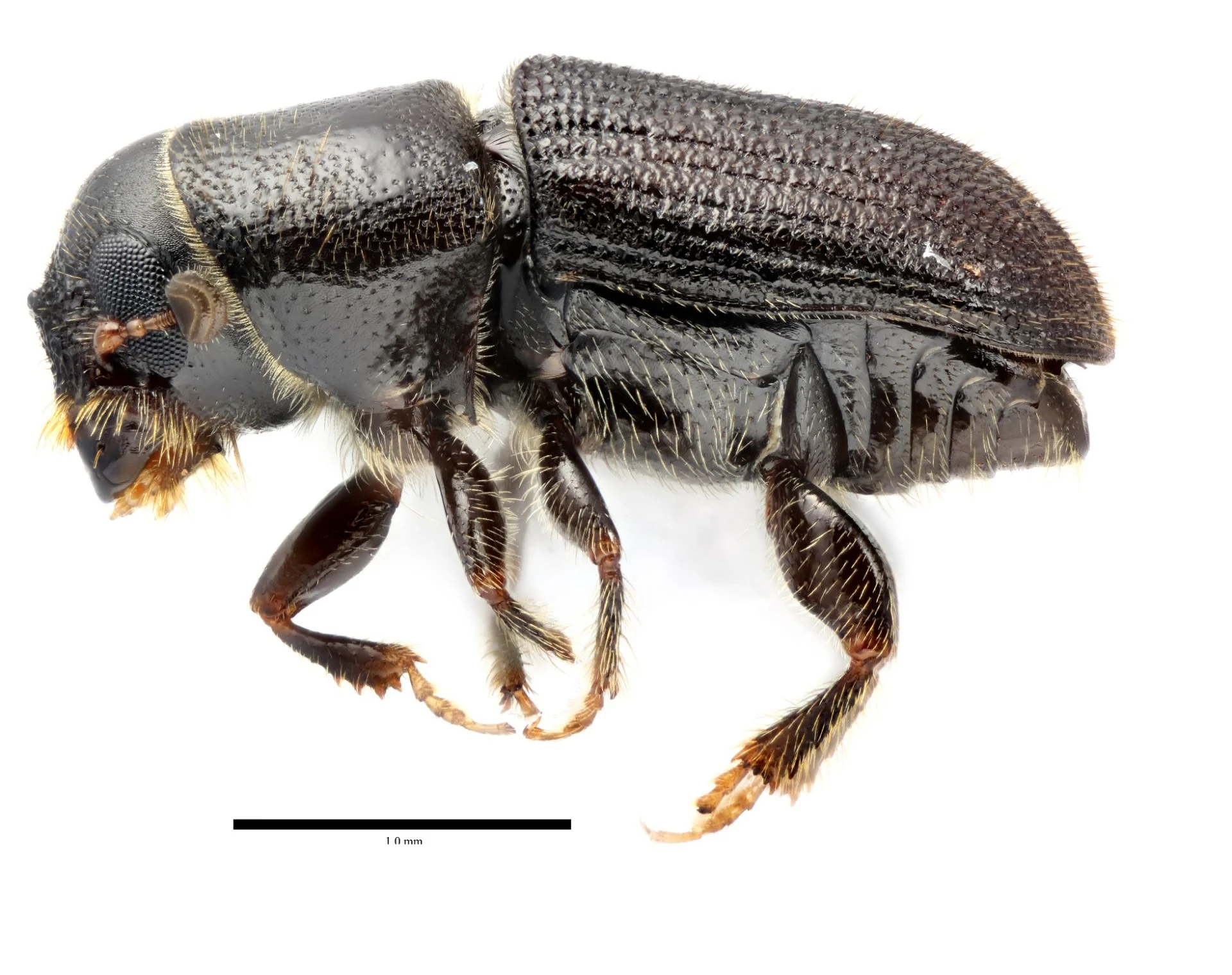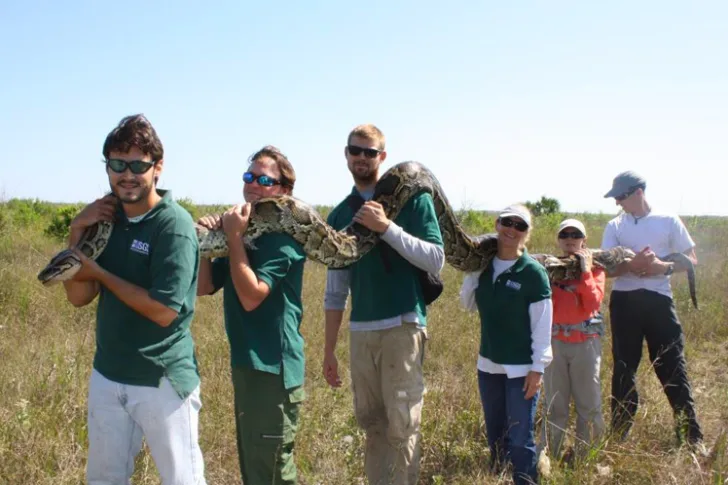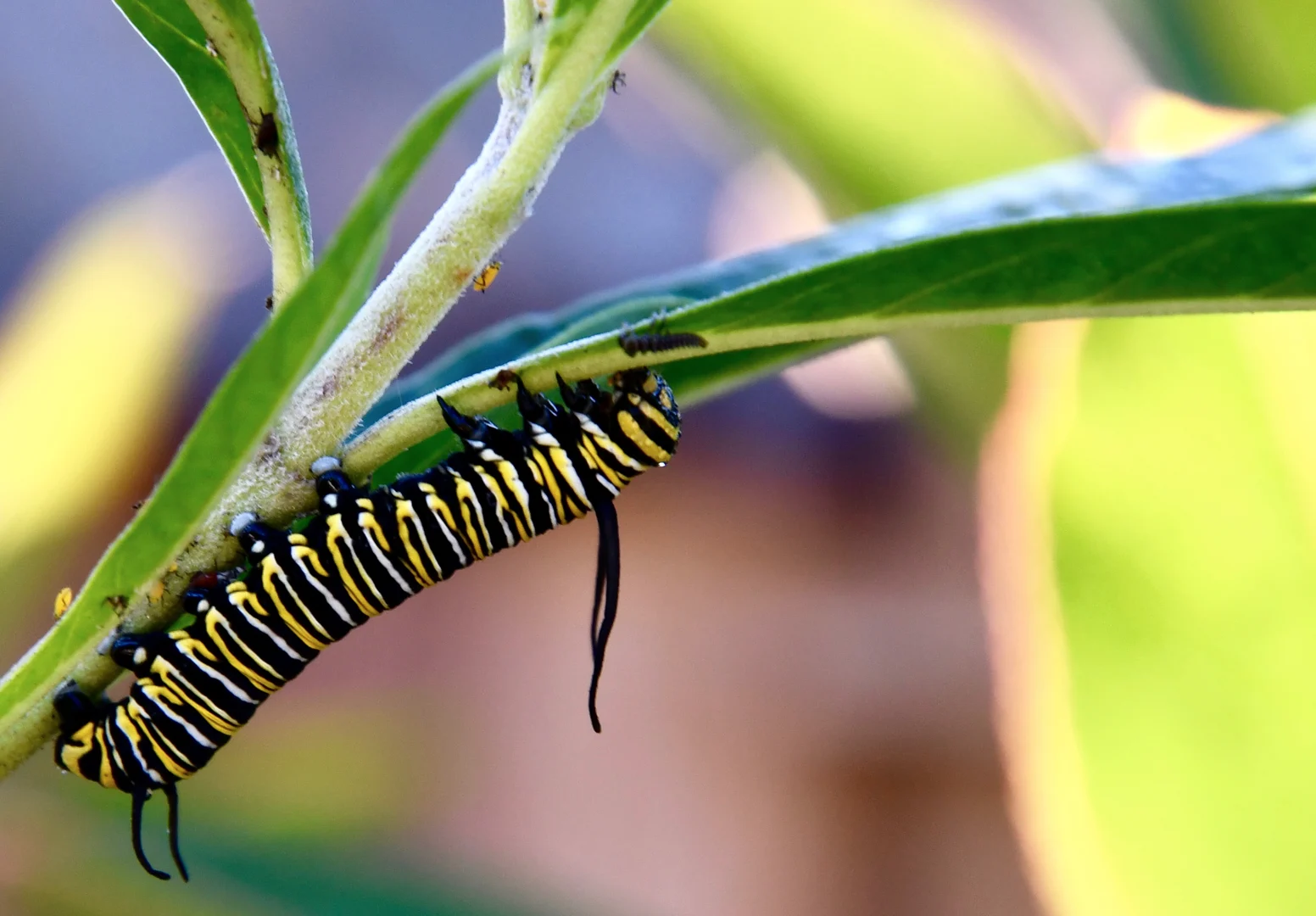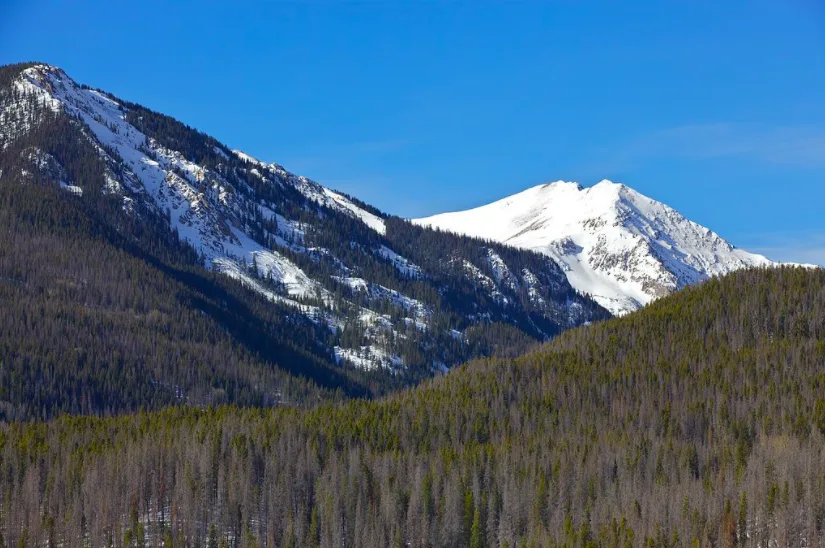
Tropical species are moving closer to Canada as winters warm
Warming winter temperatures and fewer extreme cold events are allowing tropical species to migrate into northern temperate areas, which could threaten native species and introduce foreign pathogens.
While many Canadians are unbothered and perhaps even enjoy temperatures that are 1-2°C warmer than usual, this is enough for hundreds of species to abandon their habitats and seek cooler temperatures to the north. A study published in Global Change Biology finds that warming winter temperatures in the southern U.S. are triggering a northward movement of tropical plants and animals, which could eventually reshape ecosystems and present complex human health challenges.
The researchers say that even though some species are embraced in new regions, such as sea turtles and the Florida manatee, other species, such as the invasive Burmese python and mosquitos carrying Zika and West Nile virus, pose significant threats to northern ecosystems and communities.

USGS researchers in the Florida Everglades holding a Burmese python. This invasive species has significantly impacted local animals. Credit: USGS
The study focused on specific areas in North America to analyze the movement of species from tropical to temperate areas. These areas are tropical-temperature transition zones, which are mainly in the southern U.S. and northern Mexico where the effect of extreme cold events shapes ecosystems in the same way that other infrequent disturbances do, such as hurricanes and floods. Extreme cold events create harsh conditions and mass mortality of certain species, which reset and reshape ecosystems.
The researchers say that tropical–temperate transition zones in the Northern Hemisphere are strongly controlled by extreme cold events as opposed to the average winter temperatures. This is due to the potential for cold Arctic air travelling down the North American landmass, which is what happened in February 2021 when Texas and other regions in the southern U.S. experienced historic cold temperatures.
The transition zone acts as a barrier for species that evolved in more stable temperatures, but the decrease in extreme cold events due to climate change means that tropical species will have more time to migrate northward through the transition zone and increase their population range as they adapt to cold extremes.

Monarchs are intolerant of temperatures below zero degrees and used overwinter in Mexico, but many now overwinter in California due to milder temperatures. Credit: Noah Whiteman/UC Berkeley
Insects, fish, reptiles, amphibians, mammals, grasses, shrubs and trees, are some of the many species that are expanding their ranges in northern areas. The researchers say that this northward migration will not be a continuous process due to cold snaps and extreme winter cold events, but they expect tropicalization to occur by 2100.
The study defines tropicalization as the changes that temperate ecosystems experience as tropical organisms move further north to escape the warming temperatures, which are mainly driven by less frequent and intense extreme winter cold events.
The researchers studied four sites in North America’s tropical-temperate transition zone: San Francisco (California), Tucson (Arizona), New Orleans (Louisiana), and Tampa (Florida). Their analysis revealed that each of these sites is experiencing an increase in average winter temperature, milder minimum temperatures during the winter, and a decreasing amount of days below 0°C each year.
San Francisco experienced the largest decline in the number of subzero days. While the study says that San Francisco experienced subzero days during most winters, with 17 occurring during the winter of 1949, only 14 have occurred between 1981 and 2020. Since 1999, there has only been one day below 0°C and zero since 2008.
North American ecosystems in tropical-temperature transition zones are extremely sensitive to the changes in winter temperatures and the study says that the northern parts of the regions inhabited by cold-sensitive species will likely move northward if the atmosphere warms 2°C or more.
INVASIVE SPECIES CONCERNS IN CANADA
Some invasive species in Canada, such as the emerald ash borer and mountain pine beetle, have been linked to climate change and are rapidly advancing across the country. Researchers say that disruptions to key industries are likely consequences as the population and range of these species expand.

Mountain pine beetle damage in Rocky Mountain National Park, Colorado. Credit: Bchernicoff/ Wikimedia Commons. (CC-BY-SA-3.0)
“Tropical species will not be able to establish long-term populations in Canada for some time because all parts of Canada reliably freeze all winter, and it will be some time before that is not the case anymore. However, warming winters are allowing many insects from lower latitude temperate regions to move into Canada or extend their range into northern Canada, causing huge disruptions to forestry and other important industries,” Caroline Williams, associate professor at the University of California, Berkeley, and a co-author of the study, said to The Weather Network.
Williams says that some actions we can take to prevent tropicalization in Canada and reduce the influence of invasive species include reducing our carbon footprint, protecting and restoring insect habitats, and cultivating native plants that support pollinators and other native insects.
Thumbnail credit: Andrew Johnson, University of Florida












